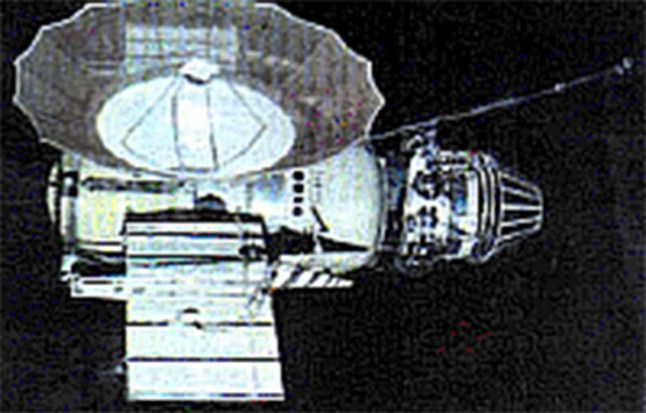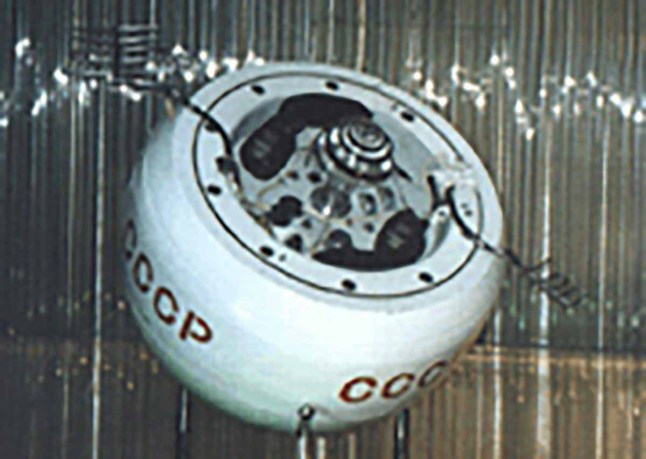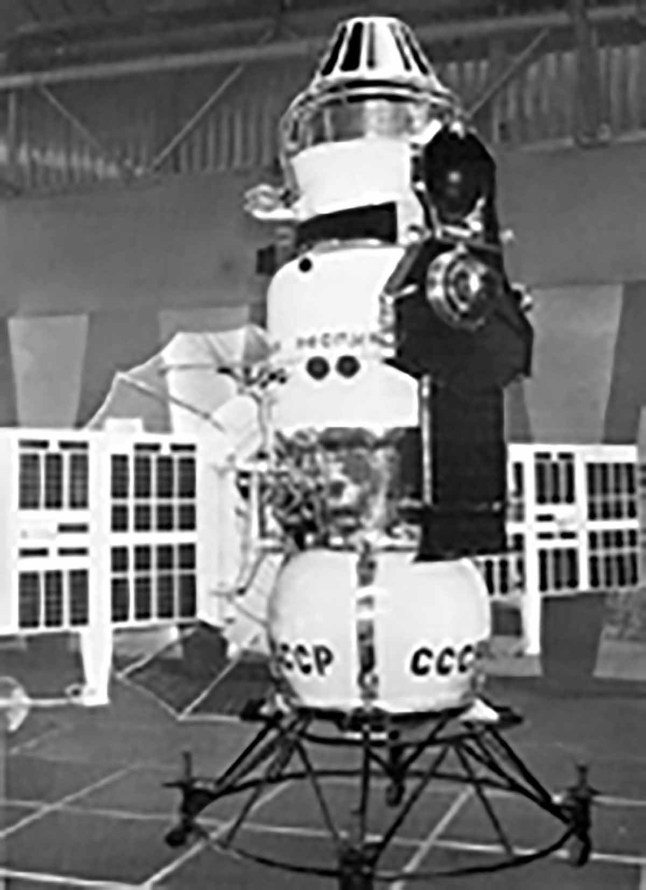
Southern parts of the UK are at risk of being hit by a Cold War spacecraft the size of seven full beer kegs later this month.
The defunct Soviet satellite Kosmos 482 is hurtling toward earth at 17,000mph, but predictions about where and when it will crash are pretty vague.
So vague, in fact, that the map below shows it could land pretty much anywhere.
The probe was launched in March 1972 by the USSR and was meant to gather data from Venus.
But an engine malfunctioned, it never left Earth’s gravitational pull and it’s been orbiting us ever since.
Oh, and its parachute system is highly unlikely to work and it has heat shields meaning it probably won’t burn up when it enters our atmosphere.

The 500kg spacecraft has gradually been spiralling lower and lower at terrific speeds, but will slow down to a couple of hundred miles an hour when it gets closer to Earth.
Worryingly, experts are divided on when Kosmos 482 will land.
Dutch satellite tracker Marco Langbroek says it could land on May 10, while others are more vague, suggesting it will be any day between May 7 (next Wednesday) and 13.
The only thing that scientists are sure of is that it will hit somewhere between latitude 52 degrees north and 52 degrees south.
That means anything south of Crewe, Stockton-on-Tees, Nottingham and Ipswich is in the firing line – including most of Europe, Asia, the Americas, and Australia.

So while London, Paris, Washington, Cairo and countless other major cities are in the red zone, the chance they will be hit is very low.
Instead scientists think the Kosmos 482 will hit the ocean, which makes up 71% of the Earth’s surface.
British-American astronomer Jonathan McDowell sought to reassure us in a blog post last month: ‘[The Kosmos 482] might well survive Earth atmosphere entry and hit the ground.
‘In which case I expect it’ll have the usual one-in-several-thousand chance of hitting someone.
‘The vehicle is dense but inert and has no nuclear materials. No need for major concern, but you wouldn’t want it bashing you on the head.’

The scientist told MailOnline: ‘If you land something in a random part of the Earth, the chance that it hits a person is about one in 10,000.
‘And that is because most of the Earth is not covered with people, even today.
‘The chance that it hits you is then one in 10 billion — smaller than that,’ he added. ‘You do not have to lose any sleep over this.’
The probe does have a parachute system, but scientists believe it is highly unlikely to work after more than 50 years.
When the probe’s mission initially failed, it broke into four pieces, with two of these chunks falling onto New Zealand within days.
International space law dictates that this kind of space junk should be returned to its home nation, but the Soviet Union denied any connection to the falling debris at the time.
The craft’s reentry capsule, which was going to crash land on Venus’ surface, remained in space.
Get in touch with our news team by emailing us at webnews@metro.co.uk.
For more stories like this, check our news page.